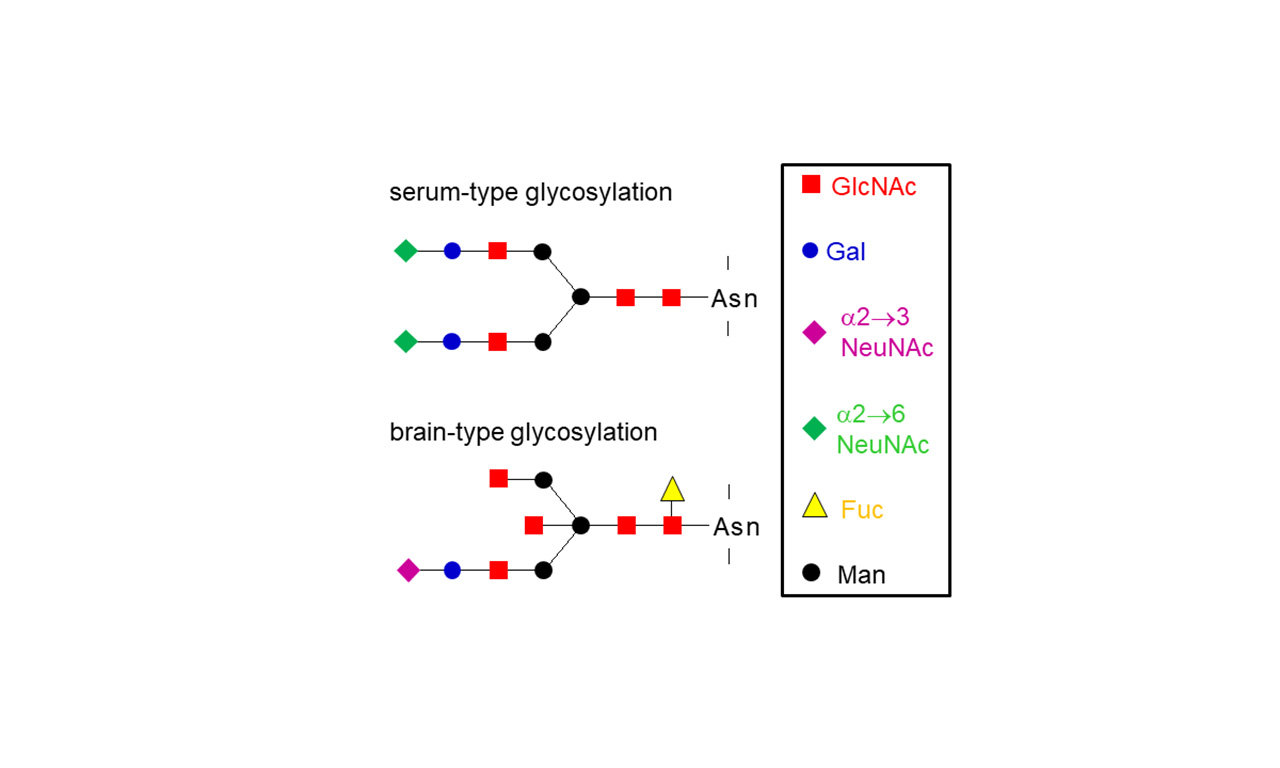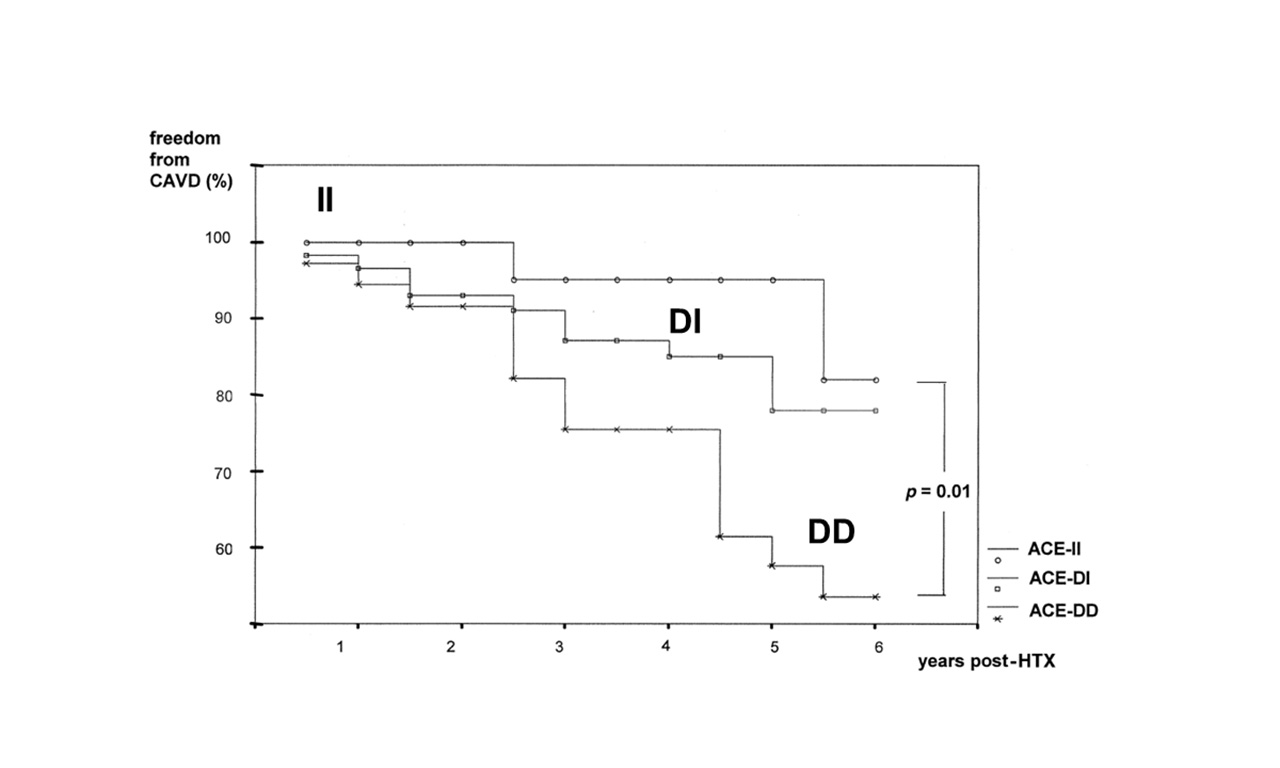Blog
-
Blood-Brain Barrier: CSF Proteins
Maintenance of Brain Homeostasis by Sugar Structures CSF – cerebrospinal fluid, in German also called ‘liquor cerebrospinalis’ or ‘Nervenwasser’ – with a particular protein called ‘beta-trace protein’, was the topic of my doctoral thesis ‘Isolation and chemical characterization of -trace protein from human cerebrospinal fluid: identification as prostaglandin D synthase’ (1992) in the CSF laboratory of the Neurological Clinic, MHH. CSF and the…
-
Body´s Own Stem Cells
Isolation and Culture In the living organism, stem cells reside in niches to keep them in an optimal state. Here, the oxygen concentration is much lower than in ambient air with 21 % O2. Consequently, when the cells are taken from their natural environment and cultured in the lab, they experience a notable change in…
-
Thank you to our donors
Thank you to all donors of the tissue samples from which we perform our analyses! Without your tissue donations, our patient-centred biomedical research would not be possible. The photo shows a bone marrow aspiration from the iliac crest. Photo by Nina Friese.
-
Two-weeks lab course “Introduction into cell culture technology of animal cells”, annually in September
For students in life science (B.Sc.), Leibniz University. Statement of a student from the 2023 course: The practical course for the lecture “Adult stem cells in regenerative medicine” was a lot of fun. Prof. Hoffmann skilfully combines theory and practice with the help of Yvonne, Kirsten and Anika. Both the experiments and the associated theory…
-
Cardiac Allograft Vasculopathy
Gene Polymorphisms as Risk Factors In transplanted hearts (also called ̒cardiac allograftsʼ) blood vessels may clog after transplantation. This is called vasculopathy and leads to rejection of the graft. Consequently, for long-time survival of transplanted hearts a strict control of the organ function is mandatory.Patients may have genetic predispositions for upcoming rejection. My work interrogated…
-
Tendon
New data on gene expressions allow diagnosis It is often difficult to distinguish healthy from diseased tendons and to choose the right patient treatment. We aim to identify a pattern of gene markers that might allow such differentiation. To do so, we have isolated RNA from different tendons from more than 80 human patients and…






